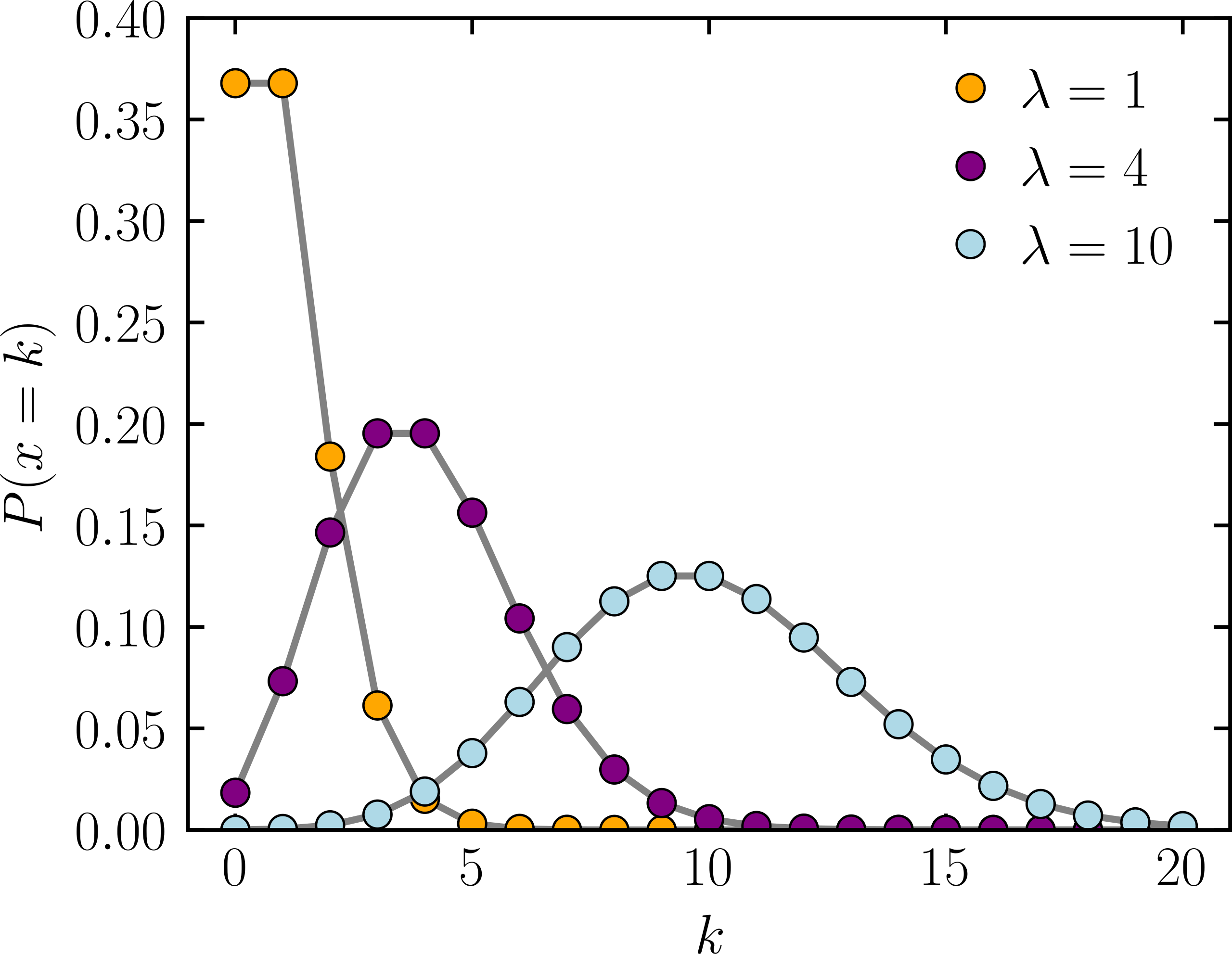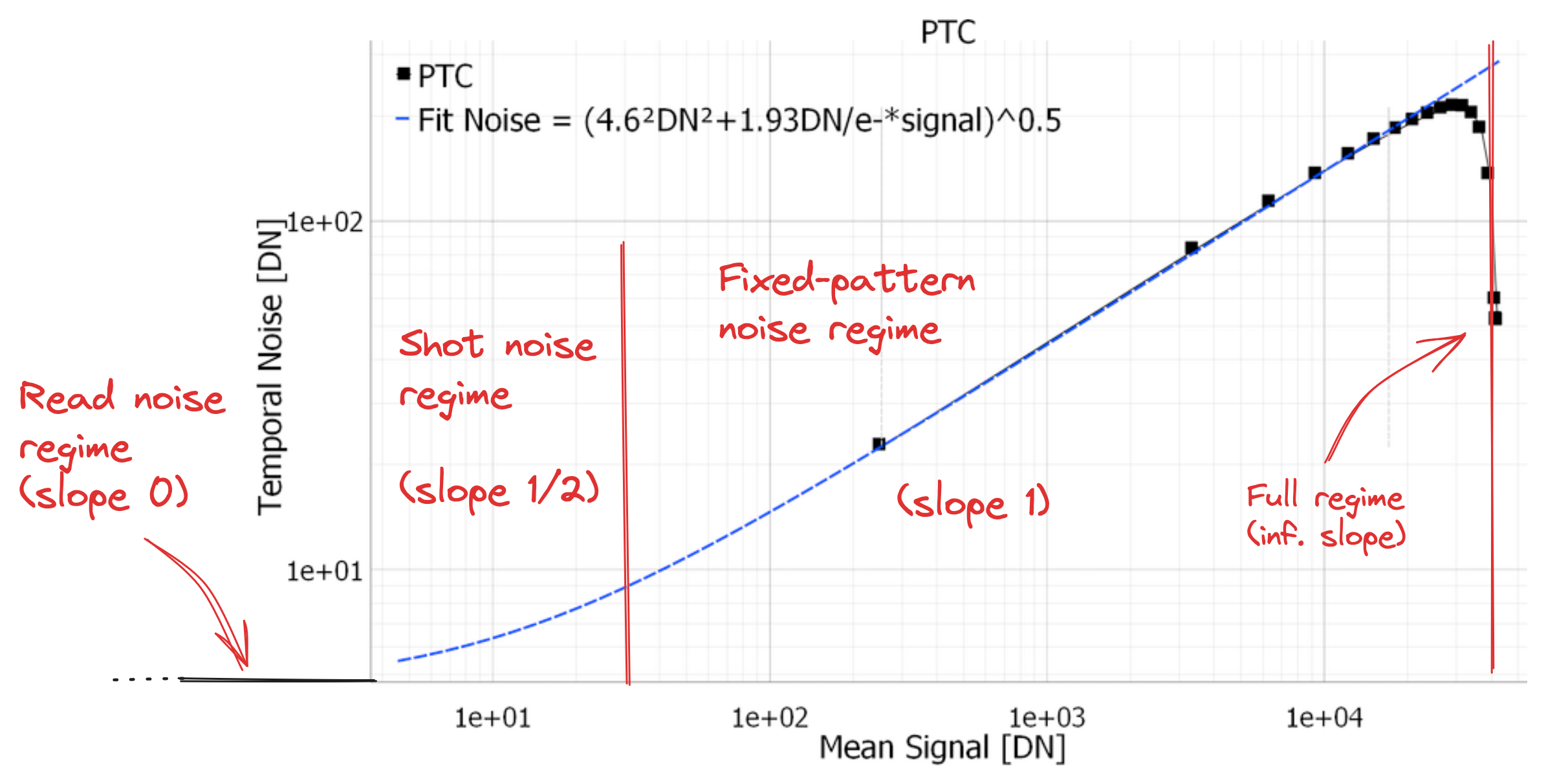Charge-Coupled Devices (CCDs)
The CCD process:
- Light hits some detector array, triggering a tiny detector (typically 10-15 in size)
- Detector translates energy of the incident photon to some digital value
- Software confirms the receipt and reconstructs an array from the values.
High quantum efficiency (electrons per incident photon), and also generally linear (though not as we approach blue, where QE falls off sharply - though total quantum yield (number of electrons extracted per incident photon) increases).

Additional Reference: see the Hubble Space Telescope docs.
CCDs vs CMOS
Note: each element of a camera array is a CCD or a CMOS chip.
- CCDs do the photon-to-electron conversion at the CCD chip - then the entire array is converted at some analogue-digital (A/D) converter at the end.
- CMOS chips (such as in phones) both detect electrons and have built-in A/D converters on every CMOS array element - so each CMOS chip is able to report its current receipt value.
The problem is CMOS chips heat up quickly, which causes thermal noise on the image. CCDs also generate heat in the A/D chip, but to a much smaller extent which we can correct for a bit using a cooling device.
CCD Noise
Random noise from:
- Read noise (incl. A/D 'digitization' noise)
- Poisson noise - originates from the quantization of electric charges.

is the number of photons detected, is ... what?
Systematic noise from:
- Bias level - like ISO. Applied before the A/D converter to ensure the read noise is interpretable. Since the received photons will usually follow a Poisson distribution and look like a Gaussian curve, we "shift it" to avoid below-zero counts - corrected for with bias frames.
- Dark current - originates from the camera's electrical construction itself, from the random generation of electrons and holes within the depletion region of the camera itself - corrected for with dark frames.
- Multiplicative noise - non-uniform illumination, other sources, hot pixels, etc (often called "fixed pattern noise") - removed by using flat frames.
Characterization
We can characterize the noise and linearity of detectors using Photon-Transfer-Curves (PTCs):
